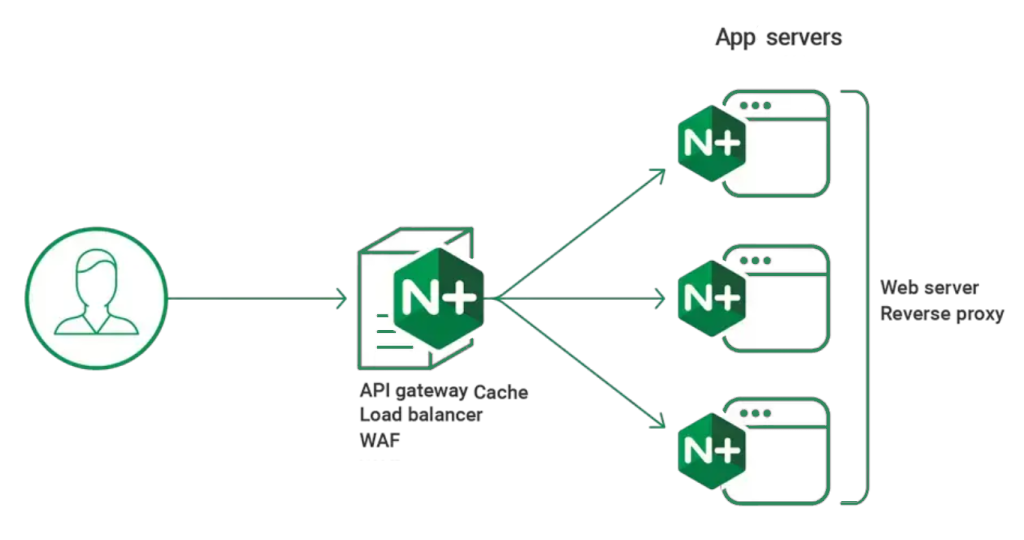Redux Toolkit: configureStore, createSlice, createAsyncThunk
Introduction
In the world of modern web development, managing state effectively is crucial for building robust applications. Redux Toolkit has emerged as a powerful tool for simplifying state management in React applications. This blog post will delve into three essential features of Redux Toolkit: configureStore, createSlice, and createAsyncThunk. By the end, you’ll have a solid understanding of how to leverage these tools to enhance your applications.
What is Redux Toolkit?
Redux Toolkit is the official, recommended way to write Redux logic. It provides a set of tools and best practices that streamline the process of managing state in your applications. With Redux Toolkit, you can reduce boilerplate code, improve performance, and make your code more maintainable.
Why Use Redux Toolkit?
- Simplified Setup: Redux Toolkit simplifies the configuration of your Redux store.
- Less Boilerplate: It reduces the amount of code you need to write.
- Built-in Best Practices: It encourages best practices for state management.
- Enhanced Performance: Optimized for better performance out of the box.
Getting Started with Redux Toolkit
To get started, you need to install Redux Toolkit and React-Redux. You can do this using npm or yarn:
npm install @reduxjs/toolkit react-redux
or
yarn add @reduxjs/toolkit react-redux
1. Using configureStore
The configureStore function is a key feature of Redux Toolkit that simplifies the store setup process. It automatically sets up the Redux DevTools and includes some default middleware.
Example of configureStore
Here’s a simple example of how to set up a Redux store using configureStore:
import { configureStore } from '@reduxjs/toolkit';
import rootReducer from './reducers';
const store = configureStore({
reducer: rootReducer,
});
export default store;
Key Features of configureStore
- Automatic Middleware: It includes
redux-thunkandredux-immutable-state-invariantby default. - Redux DevTools: Automatically integrates with Redux DevTools for easier debugging.
- Custom Middleware: You can add your own middleware if needed.
2. Creating Slices with createSlice
The createSlice function allows you to define a slice of your Redux state, including the initial state, reducers, and actions in a single place.
Example of createSlice
Here’s how to create a slice for managing a counter:
import { createSlice } from '@reduxjs/toolkit';
const counterSlice = createSlice({
name: 'counter',
initialState: { value: 0 },
reducers: {
increment: (state) => {
state.value += 1;
},
decrement: (state) => {
state.value -= 1;
},
reset: (state) => {
state.value = 0;
},
},
});
export const { increment, decrement, reset } = counterSlice.actions;
export default counterSlice.reducer;
Benefits of createSlice
- Reduced Boilerplate: Automatically generates action creators and action types.
- Encapsulation: Keeps related logic together, making your code more organized.
- Immutability: Uses Immer.js under the hood to allow for mutable-style updates.
3. Handling Asynchronous Logic with createAsyncThunk
Asynchronous actions are a common requirement in modern applications. The createAsyncThunk function simplifies the process of handling asynchronous logic in Redux.
Example of createAsyncThunk
Here’s an example of how to fetch data from an API using createAsyncThunk:
import { createAsyncThunk, createSlice } from '@reduxjs/toolkit';
export const fetchData = createAsyncThunk('data/fetch', async (id) => {
const response = await fetch(`https://api.example.com/data/${id}`);
return response.json();
});
const dataSlice = createSlice({
name: 'data',
initialState: { items: [], loading: false },
reducers: {},
extraReducers: (builder) => {
builder
.addCase(fetchData.pending, (state) => {
state.loading = true;
})
.addCase(fetchData.fulfilled, (state, action) => {
state.loading = false;
state.items = action.payload;
})
.addCase(fetchData.rejected, (state) => {
state.loading = false;
});
},
});
export default dataSlice.reducer;
Advantages of createAsyncThunk
- Simplified Async Logic: Automatically handles pending, fulfilled, and rejected states.
- Error Handling: Provides a straightforward way to manage errors in asynchronous actions.
- Integration with Slices: Easily integrates with your slice reducers.
Best Practices for Using Redux Toolkit
- Keep State Normalized: Store data in a normalized format to avoid duplication and make updates easier.
- Use Selectors: Create selectors to encapsulate the logic for accessing state.
- Leverage Middleware: Use middleware for logging, error handling, and other side effects.
- Test Your Logic: Write tests for your reducers and async actions to ensure reliability.
Conclusion
Redux Toolkit is a powerful tool that simplifies state management in React applications. By using configureStore, createSlice, and createAsyncThunk, you can create a more maintainable and efficient codebase. Whether you’re building a small project or a large-scale application, Redux Toolkit can help you manage your state effectively.
Resources
FAQs
What is Redux Toolkit?
Redux Toolkit is a library that provides a set of tools and best practices for managing state in Redux applications.
How does configureStore work?
configureStore simplifies the store setup process by automatically applying middleware and integrating with Redux DevTools.
What is the purpose of createSlice?
createSlice allows you to define a slice of your Redux state, including its initial state and reducers, in a single place.
How do I handle asynchronous actions in Redux Toolkit?
You can handle asynchronous actions using createAsyncThunk, which simplifies the process of managing pending, fulfilled, and rejected states.
Can I use Redux Toolkit with existing Redux code?
Yes, Redux Toolkit is designed to work with existing Redux code and can be gradually integrated into your projects.
Reading further
Latest blog posts
Explore the world of programming and cybersecurity through our curated collection of blog posts. From cutting-edge coding trends to the latest cyber threats and defense strategies, we've got you covered.


